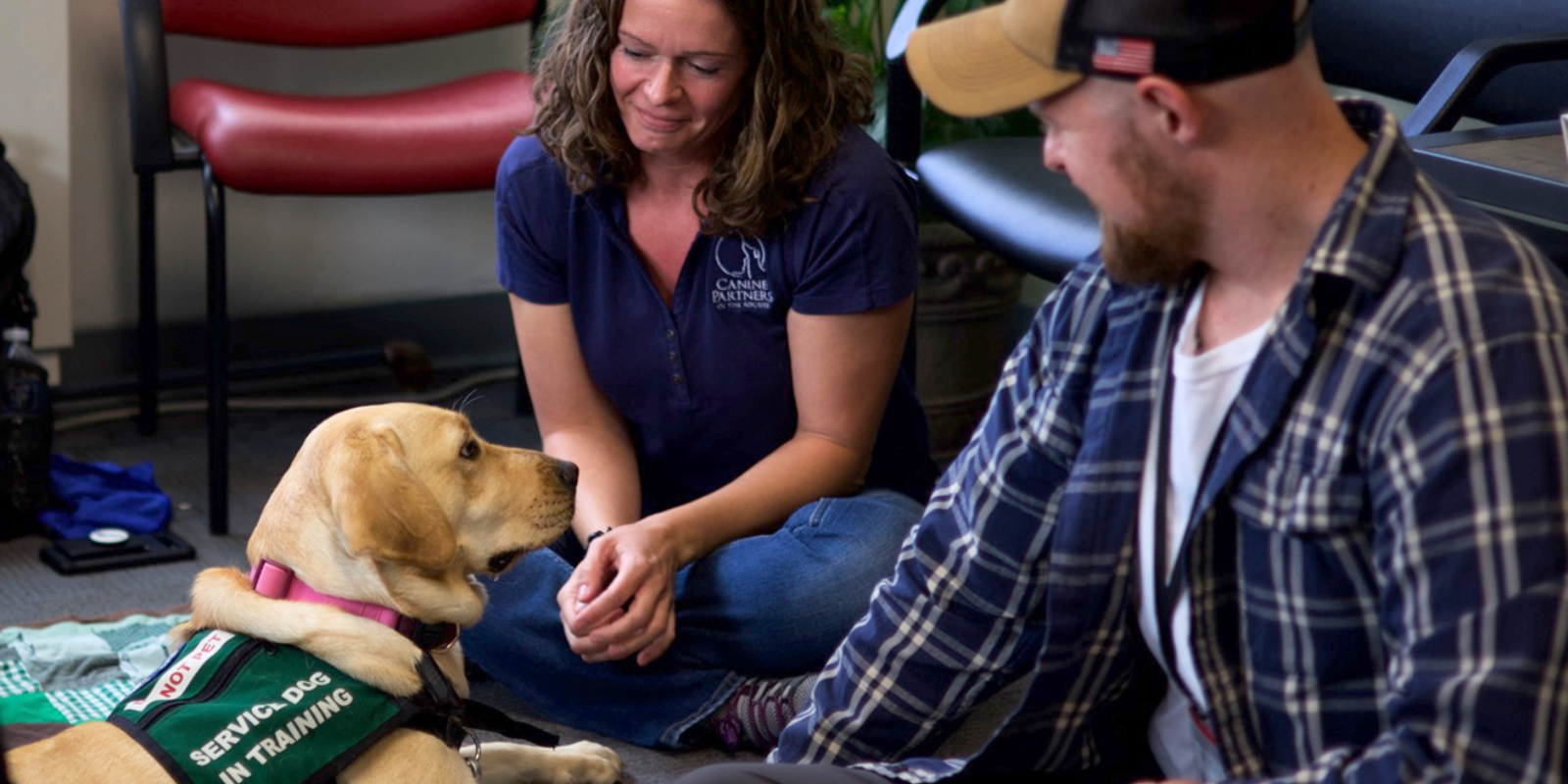A new survey of the U.S. Air Force mental health workforce, including mental health providers (MHPs) and behavioral health technicians (BHTs), finds that although most providers and technicians integrate lethal means safety counseling (LMSC) into clinical care, there are gaps in knowledge and confidence and most providers and technicians report a desire for more training.
The findings, published this week in Psychological Services by researchers and military leaders working with the University of Colorado Center for Combat Medicine and Battlefield (COMBAT) Research and the CU Firearm Injury Prevention Initiative, could help the U.S. Department of Defense (DOD) and its military partners more effectively prioritize resources dedicated to preventing firearm suicides among service members.
Approximately 70% of U.S. military service members who have died by suicide used a firearm, according to the DOD. The proportion is slightly higher (72%) among U.S. Air Force members.
“This research shows us where there are knowledge gaps,” says Ian Stanley, PhD, lead author of the paper and assistant professor of emergency medicine in the CU School of Medicine. “We need to know the perspectives of these providers and technicians so that we can better serve service members and find workable solutions to prevent suicides, including those by firearms.”
Gaps in perception
For patients who report firearm ownership or access, clinicians are recommended to provide LMSC, which has been shown to increase the adoption of secure firearm storage behaviors among service members.
In the survey, providers and technicians reported that they integrate LMSC into their routine clinical care, particularly if a patient is at risk, most of the time, but only 30% said they believe the counseling will “yield changes in storage practices.” Approximately 30% also said they believed the practice would decrease suicide risk.
A greater proportion of MHPs, which refers to licensed clinicians such as psychologists or social workers, reported a belief that firearm ownership is related to suicide risk – 48% – compared to 24% of BHTs, which are enlisted service members who have received specialized training to work alongside MHPs. While not independently licensed practitioners, BHTs play a critical role in the DOD’s mental health care system and fill gaps in the workforce.
Researchers identified several potential barriers to firearm assessment and intervention practices. For example, less than half of participants reported that they perceive patients as “very willing to engage in LMSC.”
However, a separate survey of U.S. veterans found the majority support clinicians discussing secure firearm storage practices, “particularly during emotionally difficult times.”
This disconnect between providers’ and technicians’ beliefs and those of service members is an important one that could lend itself to more research and education.
Opportunities for training
Approximately 60% of respondents said they’re interested in receiving additional training on LMSC – a finding Stanley says is particularly helpful because there’s value in universal, upstream approaches.
“There are compelling reasons to deliver this collaborative, safety-oriented counseling to service members before they get into a crisis,” he says. “It’s often the case that someone might have sudden onset risk and if they haven’t already received the intervention during a routine wellness visit, for example, they might not know what steps to take or might not already have put the steps in place…The need for training is not just for people experiencing suicidality, but it's also for people as a preventative measure.”
On average, MHPs reported double the number of hours of LMSC training than BHTs, and while the researchers say in the paper the these differences are not statistically significant, it highlights the potential for more training to optimize service member patient outcomes.



